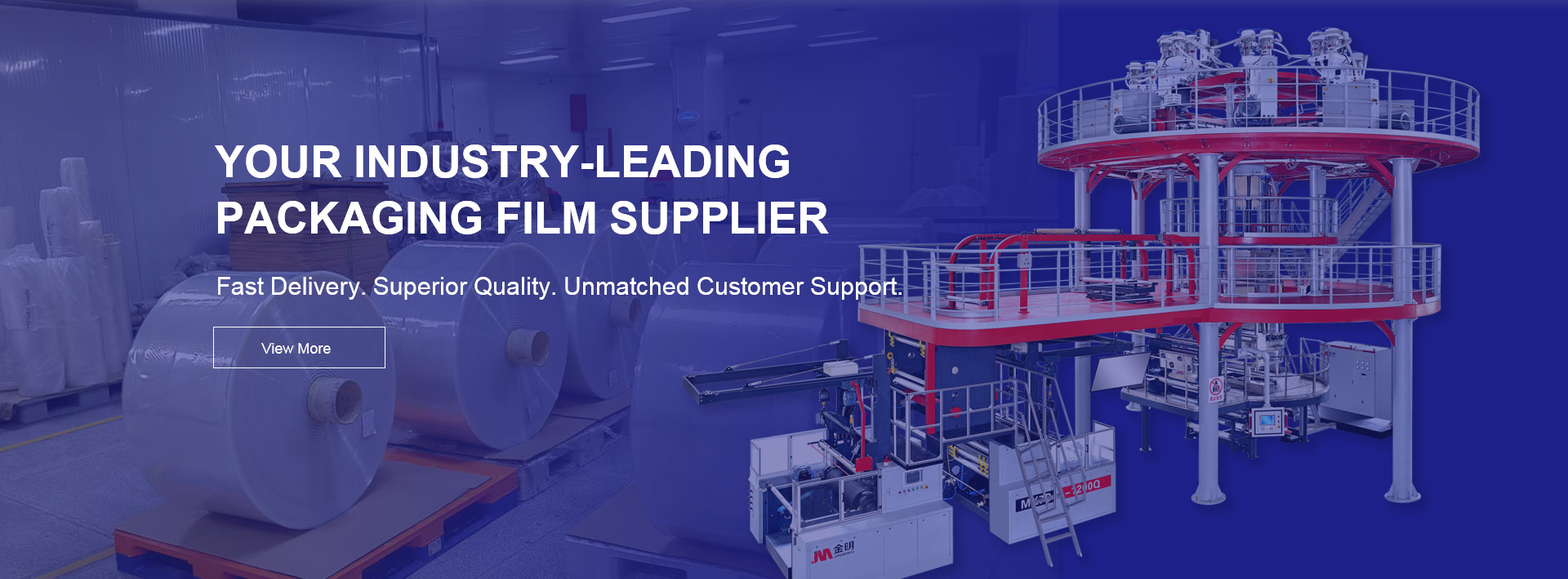
In recent years, the vacuum packaging technique has proved useful in the food industry, especially while packaging meat, cheese, and ready meals. With an increasing need of longer shelf life coupled with minimal manifestation of waste, vacuum bags and pouches are changing very fast as more technologies and innovative features are being added. This paper presents the current trends in vacuum packaging and how these advancements have the ability to alter food preservation practices in the future.
Enhanced Barrier Properties
Development of barrier properties is one of the hottest developments for vacuum packaging as per my understanding. High barrier Vacuum Pouches are now being made from multi-layer films that have primary structural and oxygen, humidity and other enzymatic deteriorating protective films, this invention. It ensures that consumers will have fresh foods for a relatively long time as the perishable foodstuffs like meat and dairy products will also have extended shelf life.
Besides prolonged shelf life these advanced barrier materials also preserve the quality attributes which are important to both consumers and businesses such as taste texture and nutrition thereby preventing food wastage.
Resealable Options for Convenience
As far as vacuum packaging is concerned, the convenience of its operations has emerged as the main motivator to its advancement. Resealable vacuum bags and pouches have gained traction, allowing the consumer to access and close the pouch whenever the need arises. This feature is especially helpful for products such as cheese and snack foods that are likely to be consumed over a period rather than in a single serving. By making it possible to use one packaging over and over again, the pouches help in reducing wastage and improving customers’ satisfaction.
The resealable feature also comes in handy with regards to hygiene as it protects the product from any contamination after the first use. This innovation addresses a clear consumer need for functional and environmentally aware packaged products.
Customizable Packaging Designs
The other interesting development within vacuum packaging is the adoption of promotional packaging on demand. Due to the highly competitive nature of the vacuum packaging market, companies are now personalizing their vacuum pouches for effective brand positioning. Custom printing, varied shapes, and eco-friendly materials are just some examples of how companies are using packaging design to win over sensitive consumers.
Vacuum pouches these days come in many standard sizes as well as some customized shapes for different types of food. Whether it is flat pouches for sliced deli meats or stand-up pouches for liquids, it is evident that the bounds of vacuum packaging continue to expand in order to cater to the food producers and consumers’ demands.
Sustainability in Vacuum Packaging
Due to increasing awareness of how to sustain reasonable ecological practices and decreasing ecological concerns, the vacuum packaging market is making every effort towards developing green packaging. Such advancements make it possible for Kroger seal-a-meal vacuum bags to be greener compared to the traditional use of plastic packaging.
As consumers preferences lean more towards environmental friendly packaging solutions, a number of companies are switching from synthetic outlines to bio composites and lessening masterbatch input. Such changes help in curbing the carbon emissions and at the same time grow brand image in an era where the market is demanding more environmental responsibilities.
The Role of Technology in Vacuum Packaging
Further into the future, more sophisticated technologies like modified atmosphere packaging (MAP), onboard vacuum skin packaging (VSP) etc. are also changing the practice. Internal packaging temperature is an additional benefit and can help extend product shelf life by maintaining peak quality.
MAP, as one technique is variously called, helps to extend the shelf life of food by substituting the air inside the package with gases non-permissive to microbial growth. Regarding VSP, frozen products are vacuum sealed as inside a vacuum bag, helping reduce the amount of air and preventing the food from being spoiled by freezer burn which is mostly effective to the expensive cuts of meats and sea foods.
Surely the future of vacuum packaging is very bright as with every passing day of the future, there are new developments that make the technology better, easier and greener. Companies that invest in such modern state of the art vacuum packaging processes will only find themselves riding high on the wave of what the market currently demands which is nominal costs but high returns of fresh food products that are appealing both for their ventilation and functionality. Vacuum bags and pouches are changing the way food is stored and consumed whether it is through better barrier properties, more resealable features or novel shapes and designs of the vacuum packaging.
It goes without saying that these are trends that will help most companies not just increase the product shelf life but also satisfy the customer’s needs for such products in terms of being user-friendly and environmentally oriented.